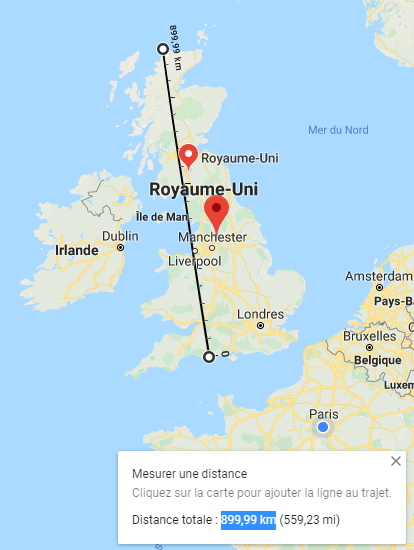- 11,399
- 13,533
Why? Just find the most common material and the one with the highest melting point. Can't be a super rare material, but one that is common and is in almost all buildings. The OG calc using the melting point of iron was fine, since iron is abundant in al of these buildings.Originally I was going to attempt at calcing the energy needed to melt Kyoto, but I came at a roadblock of sorts, try any pick which building should be used in this image here:
Glass, Iron, or whatever works fine.
